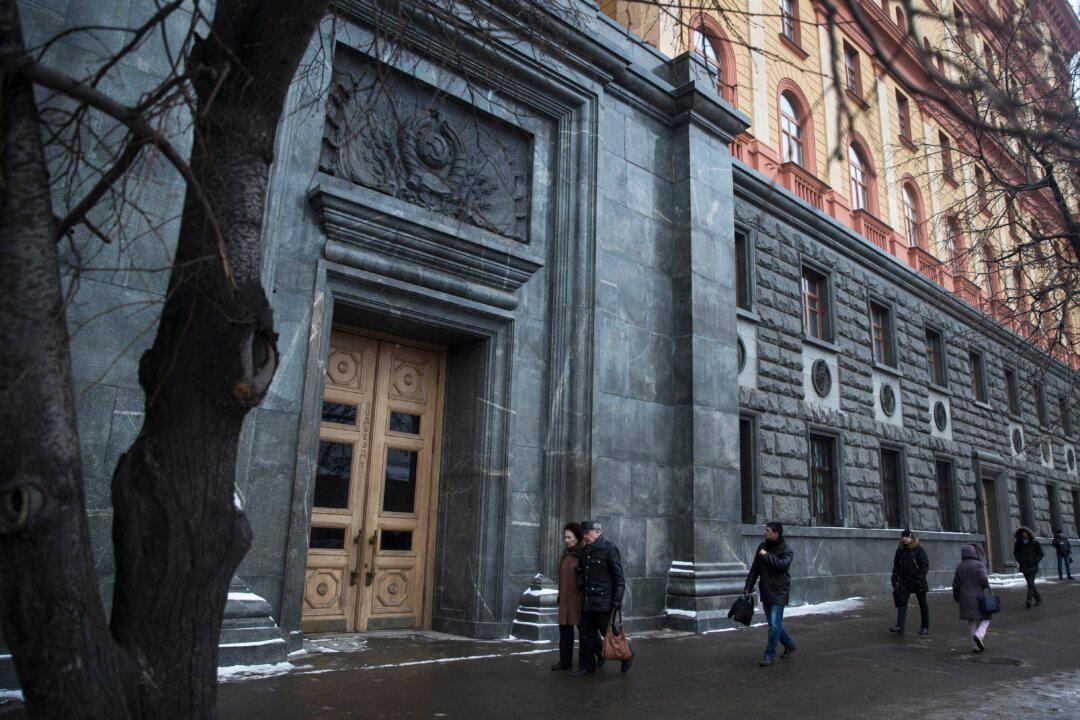If you’ve been following the news, you’ve likely heard the term “disinformation” used quite a few times recently—whether it be claims of disinformation swaying the election, or claims that the claims of disinformation are themselves disinformation.
Unfortunately, while the strategy is now finally gaining some attention, many news outlets have been misusing the term, and even confusing its meaning by using “disinformation” and “misinformation” interchangeably.
Misinformation is the statement of untrue information, and could be anything from a simple error to falsehoods released by a state-run news outlet. Disinformation is something much more devious.
The goal of disinformation is to manufacture false perceptions, often by creating staged incidents, and to use these as the foundation for what appear to be valid arguments. Rather than being published through state-run sources, the aim is to spread disinformation through credible news outlets in targeted countries. Once an outlet runs the story, the antagonist can cite it to make public statements—and these statements will likely receive even more news coverage, which serves to validate the argument.
Eventually, disinformation takes on a life of its own, and each additional story serves to bury the lie more deeply beneath a veil of perceived truth.
The U.S. government has finally started to stand up against the spread of disinformation, and the House recently passed a bill that will try to counter it. The bill addresses many roots of disinformation, including front groups, agents of influence, assassinations, terrorist acts, offensive counterintellgience, and media manipulation.
The timing, however, couldn’t have been worse. The bill is often seen through the lens of current controversies over “Russian hackers” and “fake news.” This is at a time when political interests are trying to blur the basic meaning of disinformation, ironically for use as disinformation.
In light of this, it is worthwhile to take a hard look at what disinformation actually is, how it works, what damage it has caused over the last century, and what its real-world uses are today.





